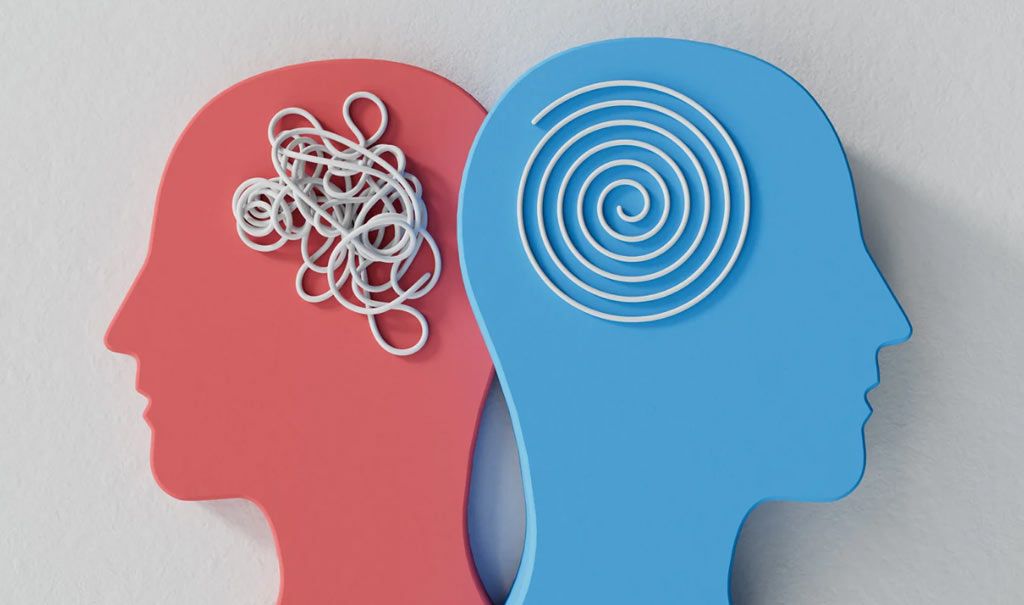Walking: A Natural, Accessible Exercise

| W.E.U Admin | Physical Health & Lifestyle
TAGS: Health, Walking, Wellbeing
Walking is one of the most natural and accessible forms of exercise. It doesn’t require any special equipment, gym memberships, or expensive gear—just a comfortable pair of shoes and a willingness to move. Despite its simplicity, walking offers a wide range of health benefits that can greatly improve both your physical and mental well-being. For more on how walking supports your overall health, see our detailed guide: Why Walking Is a Useful Activity in Maintaining Your Overall Well-Being.
Physical Health Benefits
Regular walking can:
- Improve cardiovascular fitness by strengthening the heart and increasing circulation, reducing the risk of heart disease, stroke, and high blood pressure.
- Regulate blood sugar levels, which is especially beneficial for people with diabetes or those at risk.
- Maintain a healthy weight by burning calories and boosting metabolism—a brisk 30-minute walk daily can make a big difference.
- Strengthen muscles and bones—engaging the legs, hips, and core to improve balance, flexibility, and coordination, and helping prevent osteoporosis and arthritis.
Mental and Emotional Benefits
Walking doesn’t just benefit you physically; it also has powerful effects on the mind:
- Reduces stress, anxiety, and depression by triggering the release of endorphins, chemicals that improve mood and promote well-being.
- Boosts creativity and focus—being outdoors turns a simple walk into a form of moving meditation, offering mental clarity.
- Enhances emotional balance by providing a natural break from daily routines and technology overload.
Social and Lifestyle Benefits
Walking can also enrich your social life and daily habits:
- Social connection: Walk with friends, family, or pets to strengthen relationships.
- Eco-friendly travel: Choose walking over short car trips to reduce pollution and save on fuel costs.
- Community exploration: Discover hidden gems in your neighbourhood that you’d miss when driving.
Walking for Health: Guidance to Get Started
Starting a Walking Routine
- Begin gradually: Start with 10–15 minutes a day if you’re new to exercise.
- Progressively increase: Add 5-minute increments each week until you reach 30 minutes or more.
- Set realistic goals: Choose consistent days and times that suit your lifestyle.
- Wear comfortable shoes: Supportive footwear helps prevent injury and improves comfort.
Why Walking Speed Matters
- Brisk walking (3–4 mph) improves cardiovascular health more than a slow stroll.
- Talk test: You should be able to talk—but not sing—while walking briskly.
- Key benefits of brisk walking: Increased lung capacity, better blood sugar control, and greater calorie burn.
Walking for Weight Loss
- Combine distance (more miles/kilometres) and speed (brisk pace) for effective calorie burn.
- Long-term target: 8 km (5 miles) per day at a brisk pace to burn 250–400+ calories, depending on weight and pace.
- Pair walking with a healthy diet for best results.
Best Time of Day to Walk
Consistency matters more than timing, but here are some considerations:
- Morning walks: Boost energy, improve mood, and regulate your sleep/wake cycle.
- Evening walks: Aid digestion and help reduce stress after a long day.
Setting Goals and Staying Motivated
- Use technology: Step counters, smartwatches, and fitness apps help you track progress. Aim for 10,000 steps/day (≈8 km or 5 miles).
- Follow WHO guidelines: 150+ minutes of moderate activity per week (≈4–5 km/day of walking).
Walking Recommendations by Age Group
Seniors (65+ years)
- Target: 150 minutes/week of moderate activity (≈1.8–2.5 miles daily, if able).
- Focus on gentle starts, short walks, and gradual progression.
- Helps maintain balance, posture, and reduces the risk of falls, heart disease, and cognitive decline.
Children and Adolescents (6–17 years)
- Recommendation: At least 60 minutes of physical activity daily, including walking, sports, and active play.
- Walking 3–4 km/day can be a valuable component of this activity.
- Supports healthy growth, academic focus, and prevents childhood obesity.
Key Takeaways
- Walking is a simple, low-cost way to improve physical fitness and mental well-being.
- Start small, stay consistent, and gradually increase speed and distance.
- Aim for 30+ minutes per day or 10,000 steps to maximize benefits.
- Adjust walking goals based on age, ability, and fitness level.
- Enjoy your walks—choose pleasant environments, walk with others, or listen to music or podcasts.
Related Resource
For further reading, explore: Why Walking Is a Useful Activity in Maintaining Your Overall Well-Being
workersofengland.co.uk | Independent Workers Trade Union
This Article is Tagged under:
Health, Walking, Wellbeing
Share Article
Most Popular Articles
Related Information Items
-

Who’s on Your Team? The Three Thinking Styles at Work
| W.E.U Admin | Personal Development & Support

















